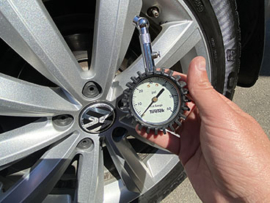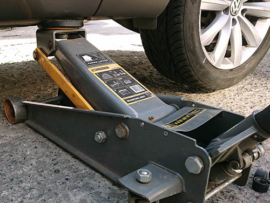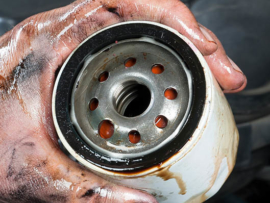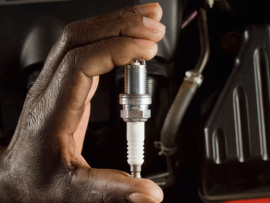The OBD-II code P0330 is a diagnostic trouble code signifying a potential issue with the knock sensor 1 circuit in the second bank of the engine. Specifically, it points to a malfunction within this circuit. Knock sensors play a pivotal role in monitoring and reporting engine knock or pinging, which happens when fuel combustion is uneven. The data from these sensors allows the engine’s computer, or the Engine Control Module (ECM), to make necessary adjustments to the engine’s ignition timing, ensuring smoother operation and preventing potential engine damage from prolonged knocking.
More about the code
If the ECM detects anomalies or inconsistencies within the knock sensor 1 circuit of Bank 2, it triggers the P0330 code. The appearance of this code might be accompanied by audible knocking sounds from the engine or subpar engine performance. Addressing the issue promptly is vital, as ignoring engine knock over time can lead to severe engine damage.
Common Causes of Code P0330
The following are frequent triggers for this code:
- Faulty Knock Sensor. The primary suspect is often the knock sensor itself, which can wear out or malfunction over time.
- Wiring Issues. Damaged, shorted, or corroded wiring leading to the knock sensor can disrupt the signal, causing the ECM to register a fault. Use the multimeter to examine the circuit and connectors.
- Bad Connectors. The electrical connectors linked to the knock sensor might become corroded, loose, or broken, resulting in intermittent or lost connections.
- ECM Malfunction. While rarer, a defective ECM can erroneously trigger the code P0330, even if the knock sensor circuit is functioning correctly.
- Engine Mechanical Problems. Occasionally, actual engine conditions, like extreme knocking or other mechanical issues, can overload the knock sensor and produce the code.
- Outside Interference. Electromagnetic interference from other components or systems in the vehicle can sometimes interfere with the knock sensor’s readings, leading the system to detect a fault.
Related DTCs to P0330
P0324, P0325, P0326, P0327, P0328, P0329, P0331, P0332, P0333, P0334.
FAQs
How much does it cost to fix the code P0330?
In summary, for a straightforward knock sensor replacement, you might expect to pay anywhere from $125 to $515, including parts and labor. However, if more extensive repairs or replacements are required, the cost could climb substantially. Here’s a general breakdown:
- Knock Sensor Replacement. This is the most common repair for the P0330 code. The part itself typically costs between $45 to $225, depending on the vehicle make and model.
- Labor Costs. The labor to replace a knock sensor can range widely based on its accessibility. Some sensors are easily accessible, while others might be located beneath several layers of engine components. Labor can take anywhere from 1 to 3 hours, translating to a cost of $80 to $170 per hour, depending on the repair facility.
- Additional Repairs. If the issue is related to wiring or connectors, the repair might be less expensive, but if the ECM needs replacement or reprogramming, the cost could increase significantly. ECM replacements can range from $550 to $1650 or more, including parts and labor.
- Diagnostic Fee. Many garages will charge a diagnostic fee to determine the exact cause of the code, which can range from $50 to $120. Some stations might waive this fee if you proceed with the recommended repairs.
Is this OK to drive with a P0330 code?
Driving with a P0330 code most likely can’t be ideal. While the vehicle might still run and the engine appear to operate normally, there are certain risks of potential engine damage, decreased performance, increased emissions and more potential issues. It might be okay to drive short distances with a P0330 but it’s recommended to have the vehicle inspected and repaired as soon as possible.
What means a knock sensor 2 circuit bank 2?
This refers to the positioning and sequencing of a specific knock (detonation) sensor on a V-type (like V6 or V8) engine. In V-type engines, the engine cylinders are divided into two banks. Typically, Bank 1 is the side of the engine with Cylinder 1, and Bank 2 is the opposite side.
We do an efforts to find, research and recommend the best products. So, we may receive commissions from purchases that you make after following the links in our product reviews.







